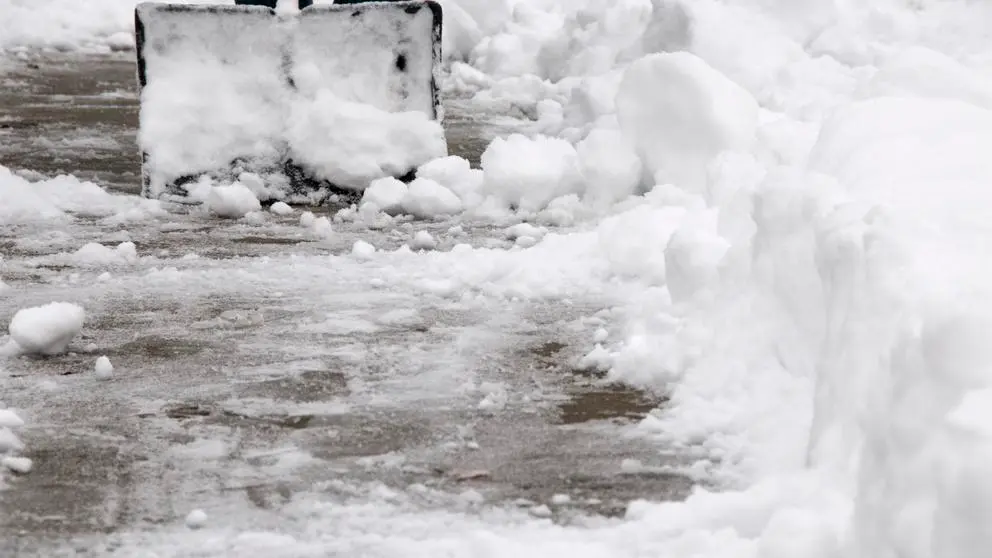Who’s responsible when the snowflakes fly and the drifts blow over the walkways at your rental property? You might have to clear away a few layers to get to the answer. Snow removal is a problem when you’ve got accessibility and public safety issues to consider.
Read your local ordinance for snow removal laws
It’s best to familiarize yourself with your city codes (usually posted on the city’s website). And if you’re part of a homeowners association, take time to learn its snow removal rules, too.
For example, Chicago’s city ordinance is clear. The website is specific about snow removal expectations and timeframes for when you need to remove the snow. It even includes a downloadable brochure with pictures. Fines for noncompliance can be as high as $500 (individuals) to $1,000 (businesses) per day.
Who’s responsible? The answer is whoever is “in charge of” the building or residence. You could get into an avalanche of legalese if you aren’t clear in your lease agreement. The theme is this:
- Recognize your risk exposures.
- Understand your legal liabilities.
- Eliminate risk where you can
- Transfer the remaining risk by insuring it.
You’re the property owner and the city will come to your door. The same is true in the event of a lawsuit. “I didn’t know” isn’t a good defense in court.
Check your lease agreement
Your rental agreement should specify who’s responsible for clearing snow. Be proactive and dig in early when handling snow removal responsibilities.
- Mail a reminder notice detailing the rental agreement. You might want to send that certified so you have a record of the notification.
- Leave tools and de-icing equipment for your tenant, so there’s no room for confusion. Do a visual check on your property to ensure your tenant removes the snow.
- If you offer your tenant a discount in rent (or pay them on the side), talk to your lawyer to make sure there’s no employment status confusion.
- Suppose your tenant agrees to clear the snow but doesn’t. Consider hiring someone in the interim until you’ve gotten it sorted. City officials won’t stop fining you while you figure out why your tenant dropped the ball.
Gig workers and snow removal service providers
It happens — the person you hire to remove the snow (so people don’t get hurt) ends up being the person who gets hurt. If your snow removal service is an independent gig worker, make sure they have insurance. Whether they injure themselves or damage your property, it’s best to make sure everyone is protected.
Some insurance companies offer by-the-hour coverage just for people who work side jobs. Hourly insurance doesn’t take long to bind, and proof of insurance (or a certificate of insurance) is usually available on short notice.
Clear a path around your risk liability
Now that you’re aware of the potential for liability surrounding snow and ice removal, chip out a few moments to call your insurance professional about your landlord insurance policy. No matter how vigilant you are, accidents happen. That’s where insurance comes in. Get liability limits that are high enough to cover a slip-and-fall on your property. Think about coverage for the tools you leave for your tenants’ use, too. (Snow blowers don’t come cheap.)
Consider an umbrella policy to extend limits across your landlord insurance policy. It’s usually less expensive than increasing your individual policy limits, and it may broaden the coverage you already have.
You can’t get around city ordinances, but you can protect what’s important and stay ahead of the storm.


